How to clean a dryer vent in 3 steps – and the startling risks of not clearing yours
Avoid fire risks by cleaning your dryer vent at least twice year

- Signs you should clean it
- Risks of skipping cleaning
- Frequency
- Safety tips
- What you'll need
- 1. Unplug and move dryer
- 2. Vent brush and vacuum
- 3. Clean exterior vent
- Are dryer vents hard to clean?
- Should you clean a dryer vent from inside or out?
- Can I clean a dryer vent myself?
- How can I tell if my dryer vent is clogged?

Hayley Gilbert
How to clean a dryer vent, and how often to do it is a great household task to know about as failing to do so leads to a startling domestic fire risk, pros say.
As well as allowing laundry to dry properly and effectively, having a clear vent you maintain at least once a year will keep your home safe because it helps keep the temperature inside the vent down, and removes built-up dry lint and fluff that could potentially ignite.
Clearing out your dryer vent is a great cleaning tip to add to your list, and all you need to do is a vacuum with a hose attachment and a brush for stubborn lint.
Signs it's time to clean your dryer vent
If you don't have a regular dryer vent cleaning schedule, here are the signs to watch out for that indicate it's time to clean yours:
- Your clothes are taking longer to dry than normal
- There is a burning smell when you use the dryer
- The dryer itself feels hotter when in use
- The vent feel very hot
- You can see lint and dust building up around the dyer or the opening
- A significant rise in energy costs. Build up of lint slows airflow and makes it work harder and for longer
Risks of not cleaning your dryer vent
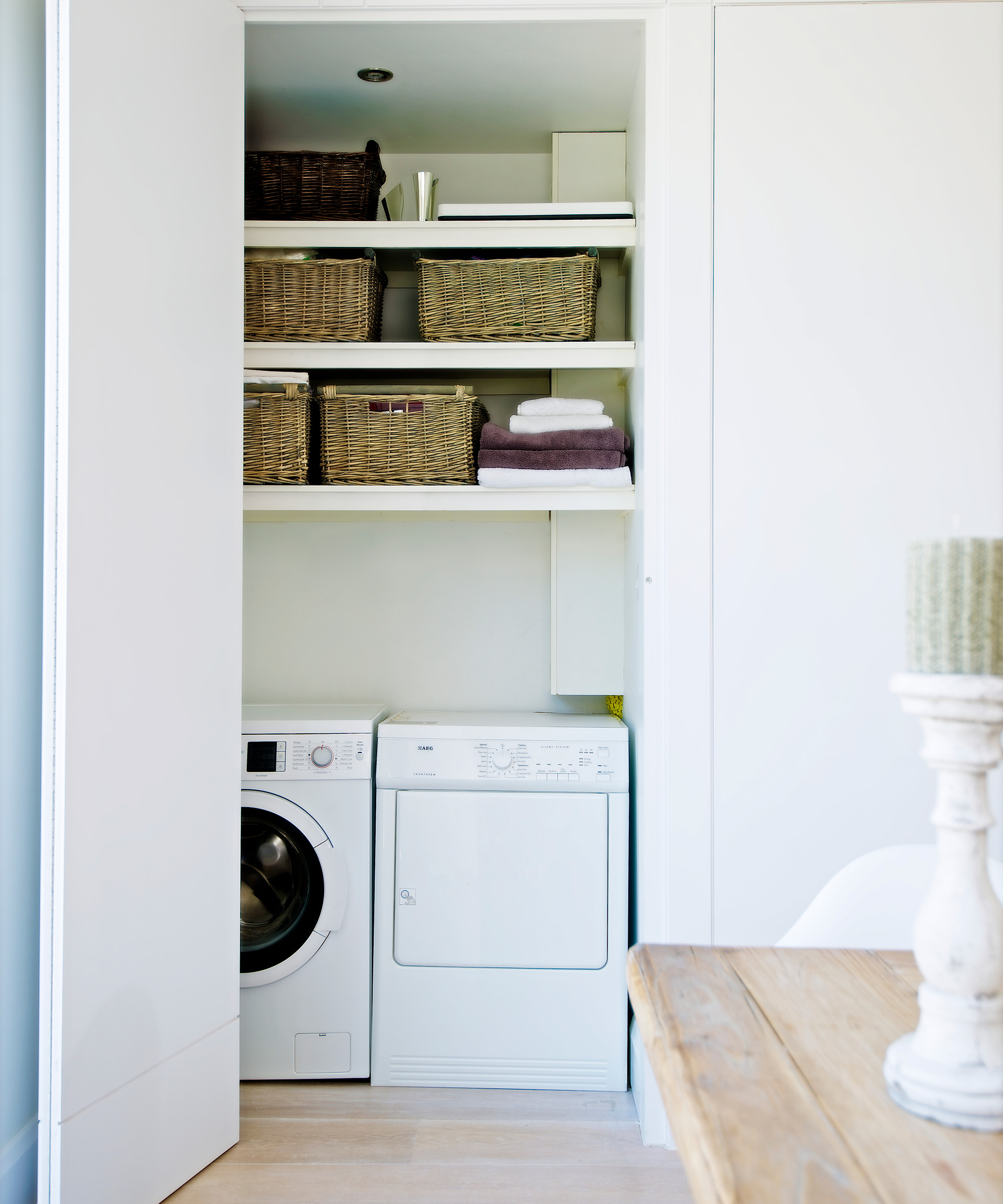
Apart from your drying taking longer and your bills potentially increasing, if you don't clean your dryer vent, you're leaving your home at risk of fire.
Bob Shupe, owner of Cleaner Guys, says, ' The lint buildup traps heat in the dryer, causing the dryer's heating element to overheat, which can cause a fire. Nearly 15,000 house fires were caused by dryers between 2010 and 2014, according to the National Fire Protection Association."
Plumbing expert Jason Best of Sewer Repairs adds, 'According to the U.S. Fire Administration, there are approximately 2,900 dryer fires reported each year, causing around five deaths, 100 injuries, and $35 million in property loss. Lint buildup is the leading cause.'
For the 20 minutes it will take you to clear the vent, it's not worth the startling risk of delaying or skipping this task.
How often to clean your dryer vent
Jason Best says whilst it is standard to clear out your dryer annually, how often you use yours might push the frequency of clear-outs up.
He says, 'It's recommended to clean the dryer vent at least once a year. However, if you use your dryer frequently, such as daily, you should consider cleaning it every three to six months. Homes with pets or larger families may need more frequent cleaning.'
You can ask a professional to clean and inspect your dryer vent and machine to make sure everything is running safe and well. However, it's also very straightforward to clean it yourself.
Safety tips
Before you start, make sure you wear a mask, safety goggles and rubber gloves as well as old clothes as you may get covered in dust.
Jason adds, 'Always unplug the dryer before cleaning. Wear a mask and gloves to avoid inhaling lint and dust. Ensure the vent is properly reconnected to avoid leaks.
What you'll need
- Duct vent brush kit: Amazon's Choice Holikme is 30ft long with two different width brush heads and highly rated.
- Vacuum cleaner
- Screwdriver
- Leaf blower (optional)
Here are the simple expert-approved steps you'll need to take in order to clean your dryer vent well, and safely.
Step 1: Unplug the dryer
‘The first step you need to take is to pull out your dryer and unplug it,’ says Rick Berres, owner of Honey-Doers.
You might need to move your dryer away from the wall as well to gain full access, advises Jason Best of Sewer Repairs. 'Then, disconnect the vent from your dryer,' he adds.
Step 2: Use vent brush and vaccum
Jason recommends using a long vent brush to clean out the pipe. You'll find the piping is often ridged, so having the brush heads pass back and forth before you vacuum anything will dislodge trapped dirt.
Simple attach the end to a drill and it will spin the brush going into the duct.
Then, vacuum any lint from the dryer and vent opening. In most cases, a vacuum with a long hose attachment will do the job – even better if it’s a HEPA vacuum.
If you are thinking of buying a DIY kit, always check the quality carefully first by reading reviews from customers on retailer sites.
‘While you can buy rod and brush kits from local hardware stores to clean your dryer vent, you must be careful due to the poor quality of most DIY kits,’ says Christos Philippou, owner and technician at Dryer Vent Cleaning of Delaware. ‘Rods can easily break or twist off while inside the vent, making the whole process even more challenging.’
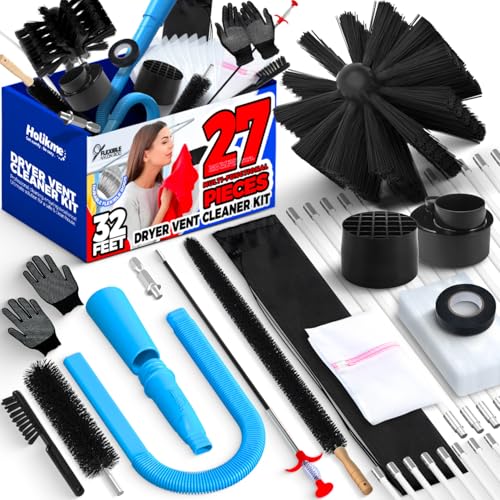
This robust kit has everything you need to clean your dryer vent including gloecs and storage pouch.
Step 3: Clean exterior vent
Once you’ve cleaned the inside, tackle the outside. Use a thin wire brush to get rid of any clogged-up lint.
Jason Best adds, 'Optionally, use a leaf blower to clear any remaining lint from the exterior vent.'
Once free of dust and lint, clean the vent cover with warm water and regular dish soap. You might find the Dawn Platinum Dish Spray from Walmart handy as it comes in a bottle and is ready to go, you don't need to add water.
Afterwards, dry thoroughly then reattach.
FAQs
Are dryer vents hard to clean?
Dave Olson, Fire and water damage mitigation manager at Cleaner Guys says, 'Hard plastic dryer vents are the best to clean, because you can just detach one side and brush out the lint buildup.
'But if you have the flexible nylon and plastic dryer vent tubing instead, you'll need to blow the lint out of it, since brushing it can damage the delicate material. A leaf blower works well for this. Most dryer vent tubing is fairly easy to detach and clean.'
Should you clean a dryer vent from inside or out?
Cleaning the vent from the inside allows you to remove all lint and debris but you’ll need to disconnect the dryer from the vent first, which can be awkward.
If you clean it from the outside, you won’t have to disconnect, which is simpler, but you won’t remove all the dirt from inside.
Can I clean a dryer vent myself?
You can clean a dryer vent yourself, but if after vacuuming and brushing to remove any stubborn lint or dirt, there are still clogs stuck in the vent, it is time to call in the experts.
If you find it hard to clean out and spot a sticky substance, it might be how you've been using your washer dryer. Dave Olson explains, 'An excess of fabric softener or detergent can end up in the lint, creating sticky, heavy lint, which is even worse for your dryer vent, and will mean you have to clean it out sooner.
'Be careful not to put more fabric softener and laundry detergent into your loads of laundry than the containers say to.'
How can I tell if my dryer vent is clogged?
If your clothes take longer to dry and feel really hot when they come out, its possible you have a clogged vent dryer. Also, the vent itself may feel hotter than normal.
‘There are some unmistakable signs your dryer vent is clogged,’ explains Stacey Kane, of EasyMerchant. ‘The first is when your clothes feel hot to the touch after drying. The dryer itself may also feel hot. This means that moisture and hot air can't properly dissipate, causing the machine to get very hot. Moisture can cause mold growth, which can be a health concern if not addressed quickly.
'Another sign is when you can see a build-up of lint or debris outside the dryer flap or in the dryer hose. This is an indication that the dryer ducts should be cleaned immediately. Dust and debris can attract rodents and pests and these could cause a fire because lint and fabric fuzz are highly flammable.’
If you're having to run multiple cycles to dry the same batch of clothes, it's likely you have a vent dryer blockage. Christos Philippou, owner and technician at Dryer Vent Cleaning of Delaware explains, ‘This is due to a lack of airflow coming out of the dryer vent and moisture being unable to escape.'
You can test the performance of your dryer vent exhaust with an anemometer to test the velocity of air coming out of your dryer vent. Christos adds, 'Most dryers will produce at least 1500 feet per minute of airflow. Anything else than this may indicate you have an obstruction or clog.’
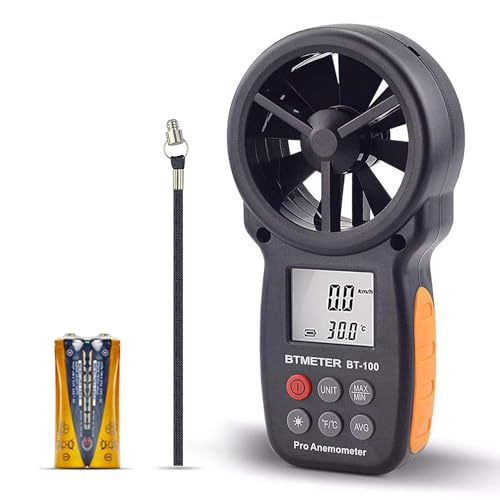
This portable device has a back lit LCD screen for easy visibility. It doesn't come with a tripod but is compatible with one via the metal-threaded hole on the bottom.
Next, learn about why you shouldn't dry laundry outside, and the Joseph Joseph tiered dryer our content editor adored for her tiny space.
Sign up to the Homes & Gardens newsletter
Design expertise in your inbox – from inspiring decorating ideas and beautiful celebrity homes to practical gardening advice and shopping round-ups.

Punteha was editor of Real Homes before joining Homes and Gardens as Head of Solved. Previously, she wrote and edited lifestyle and consumer pieces for the national press for 16 years, working across print and digital newspapers and magazines. She’s a Sunday Times bestselling ghostwriter, BBC Good Food columnist and founding editor of independent magazine, lacunavoices.com. Punteha loves keeping her home clean, has tested and reviewed the latest robot vacuums, enjoys cooking, DIY, and spending weekends personalizing her newly-built home, tackling everything from plumbing to tiling and weatherproofing.
- Hayley GilbertContributing Editor
-
 How the 'ODT' method can help you to tackle your overwhelming decluttering checklist – and streamline the process from start to finish
How the 'ODT' method can help you to tackle your overwhelming decluttering checklist – and streamline the process from start to finishAvoid 'analysis paralysis' and tick off tasks quickly and easily by making just one decision at a time
By Ottilie Blackhall Published
-
 Experts say to only use homemade compost after testing it with this fail-safe method – they say it will guarantee healthy soil and support plant growth
Experts say to only use homemade compost after testing it with this fail-safe method – they say it will guarantee healthy soil and support plant growthSimply grab some fast-growing seeds and observe how they germinate in your compost
By Tenielle Jordison Published
-
 How safe are carpet deodorizers? As a seasoned vacuum tester, I urge you to try alternative methods
How safe are carpet deodorizers? As a seasoned vacuum tester, I urge you to try alternative methodsNatural cleaning is always the answer
By Dan Fauzi Published
-
 'The world will not end' – 5 cleaning habits to quit for a happier, easier life, and what to do instead
'The world will not end' – 5 cleaning habits to quit for a happier, easier life, and what to do insteadGet your home sparkling, minus the stress
By Ciéra Cree Published
-
 9 things you can clean with glycerin – this cheap and natural cleaner is perfect for indoor and outdoor use
9 things you can clean with glycerin – this cheap and natural cleaner is perfect for indoor and outdoor useFrom patio furniture to silverware, this hydrating and gentle cleaning agent will work miracles
By Ciéra Cree Published
-
 How to clean a terrazzo floor in 5 steps – expert tips to scrub, shine, and seal this sparkling floor finish
How to clean a terrazzo floor in 5 steps – expert tips to scrub, shine, and seal this sparkling floor finishAvoid damage and protect it's shine with these expert tricks
By Chiana Dickson Published
-
 I'm 5ft2 and this telescopic scrubber safely and easily banished mold and grime in even the hardest-to-reach areas of my bathroom in less than 15 minutes
I'm 5ft2 and this telescopic scrubber safely and easily banished mold and grime in even the hardest-to-reach areas of my bathroom in less than 15 minutesMy bathroom has never looked better thanks to this handy $16 two-in-one tool from Joseph Joseph
By Ottilie Blackhall Published
-
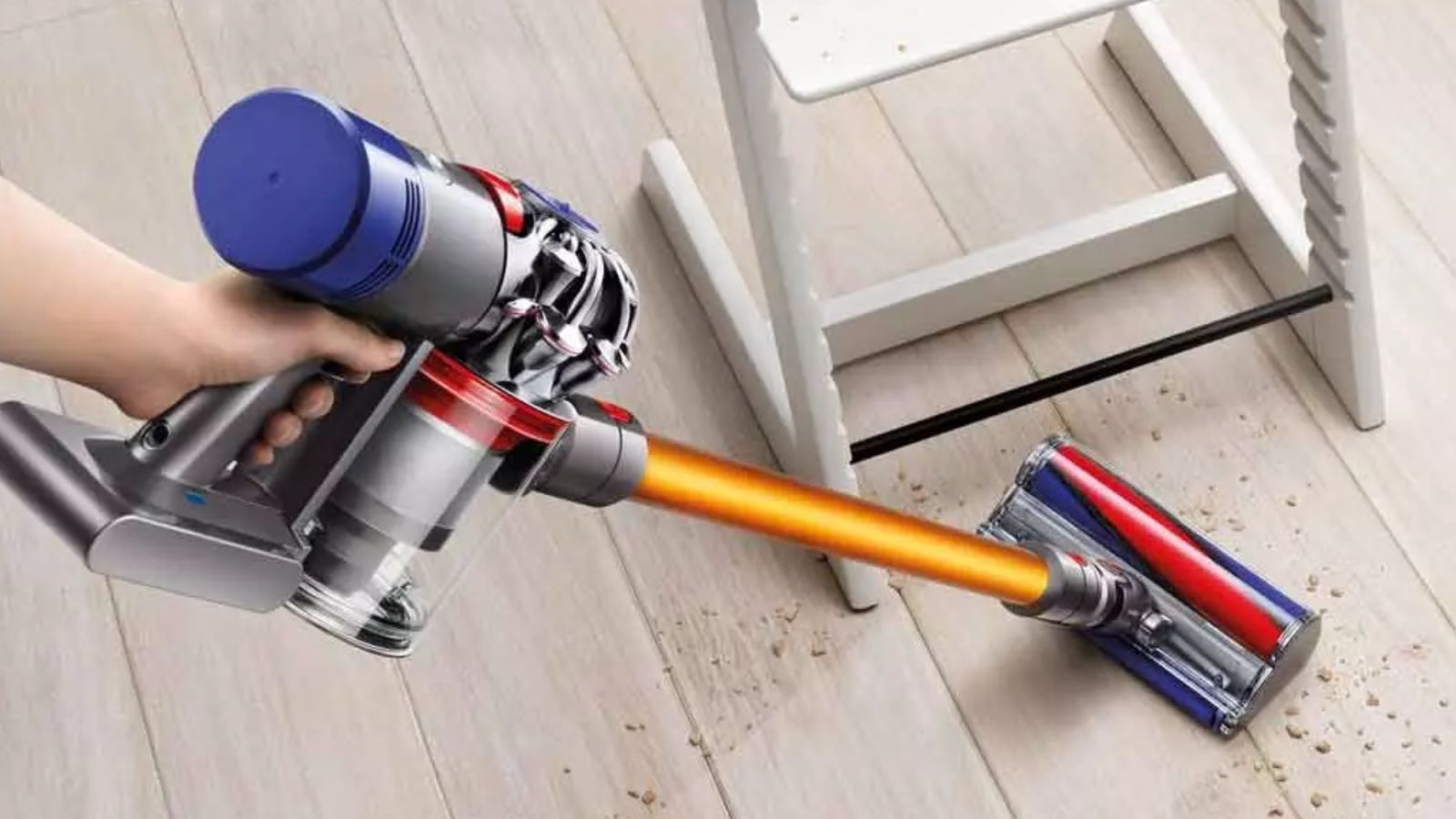 A $170 limited-time discount makes this the most affordable Dyson cordless vacuum on the market right now
A $170 limited-time discount makes this the most affordable Dyson cordless vacuum on the market right nowYears after its release, the Dyson V8 still impresses us with its features and power
By Dan Fauzi Published
-
 My Bissell pet vacuum was struggling until I cleaned the filter – here's how to do it in three quick steps
My Bissell pet vacuum was struggling until I cleaned the filter – here's how to do it in three quick stepsIt doesn't take long to restore your Bissell vacuum's suction
By Dan Fauzi Published
-
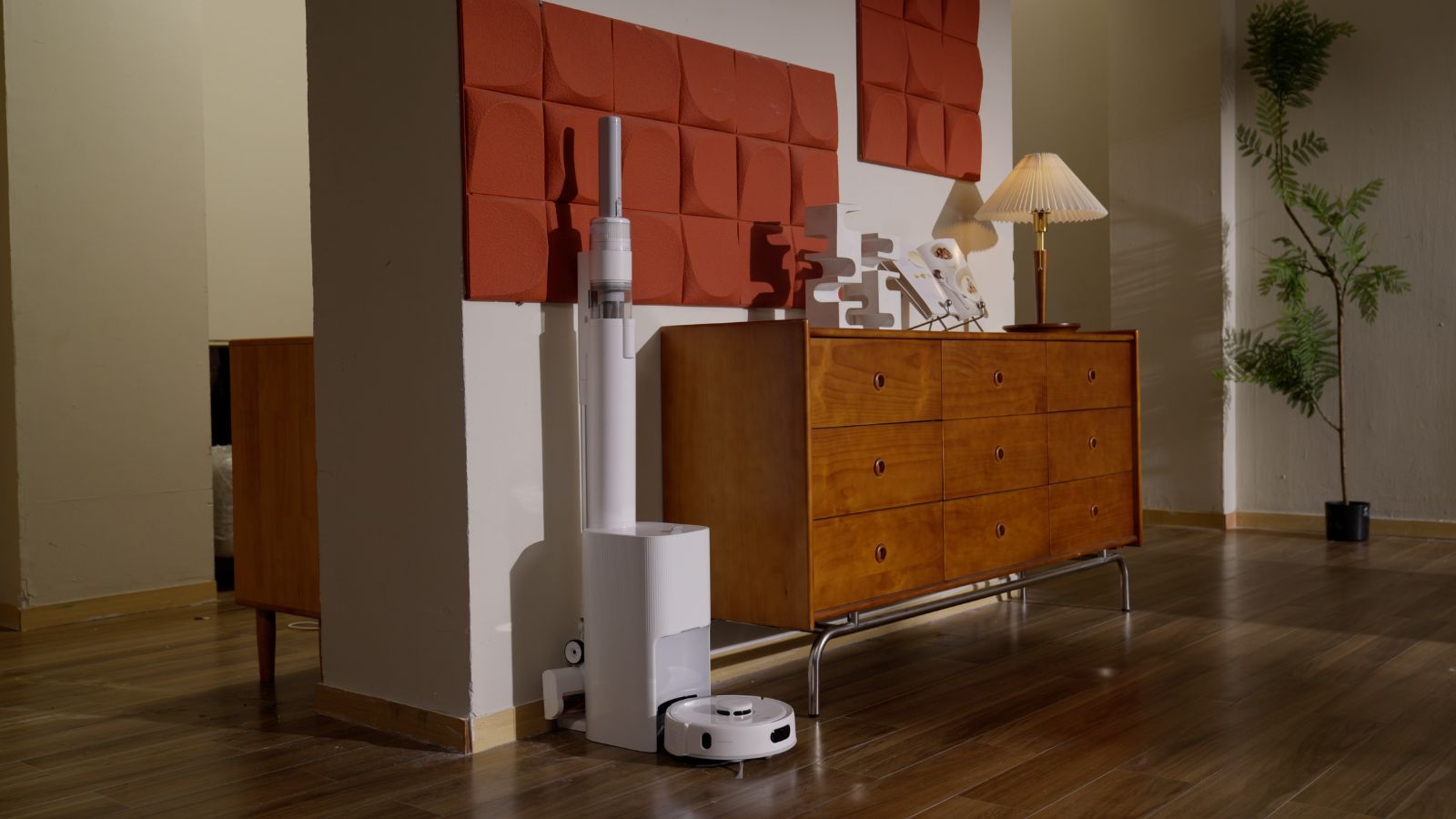 The SwitchBot K10+ Pro Robot Vacuum Combo is good for small spaces – but the mopping function falls short
The SwitchBot K10+ Pro Robot Vacuum Combo is good for small spaces – but the mopping function falls shortI tried the world's smallest robot vacuum in my busy home with 4 dogs. This is how it fared
By Ottilie Blackhall Published